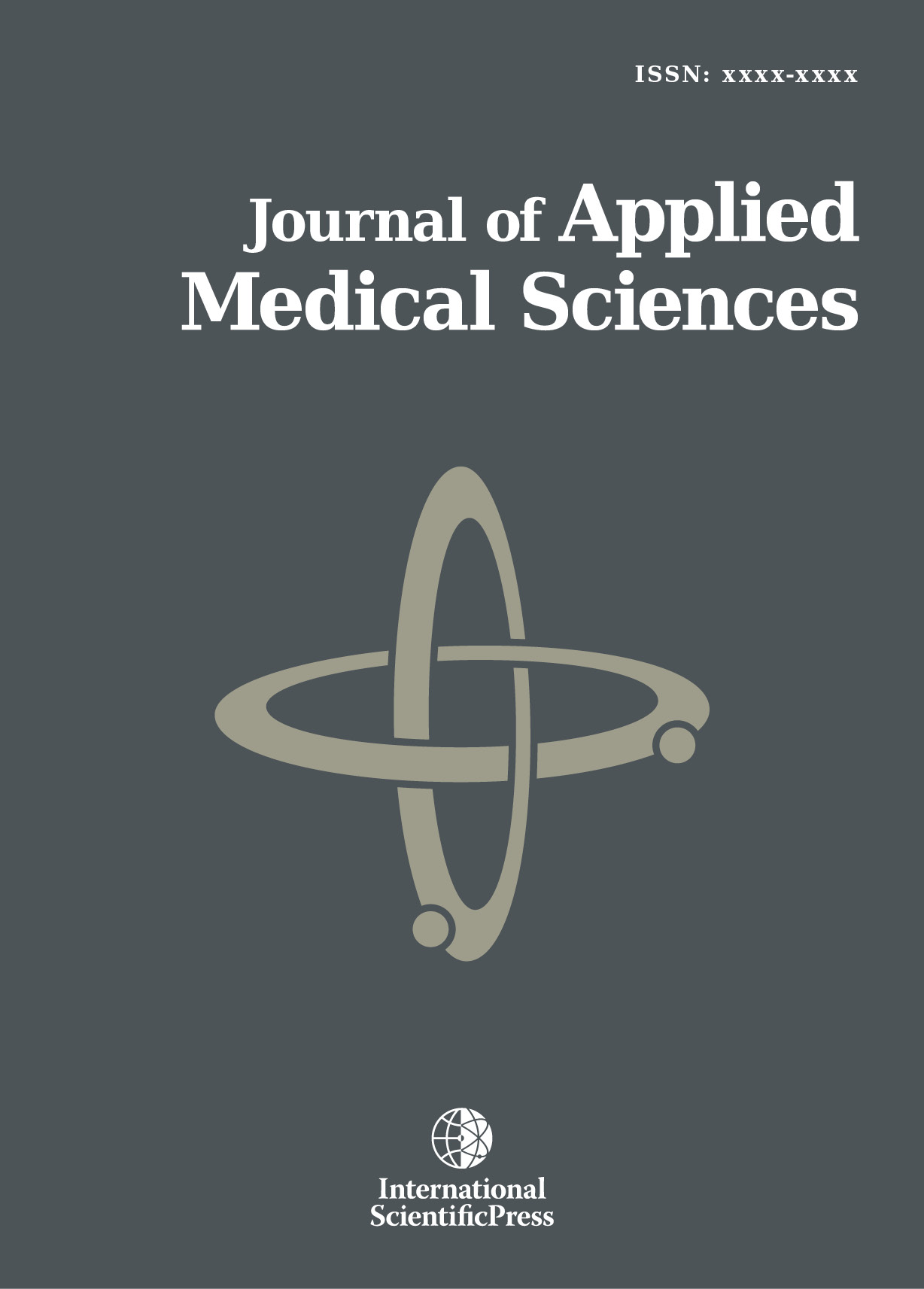Journal of Applied Medical Sciences
Histopathological Determination of Placental Malaria and its Relation to Fetal Birth Weight
-
 [ Download ]
[ Download ]
- Times downloaded: 10277
-
Abstract
Background: Placental malaria(PM) is a serious public health concern especially in endemic areas among primigravidae. This form of malaria does not just affect the woman but the foetus. It has been identified as the leading cause of complications and high morbidity during delivery in the tropics. Methods: This is a cross-sectional study involving 181 randomly selected pregnant women at the point of delivery. Placental samples were collected from a healthy pericentic area, fixed in 10% neutral buffered formal saline, processed into paraffin wax and 5ým thin sections stained by Haematoxylin & Eosin(H&E) and Giemsa's method and then viewed microscopically. A standard questionnaire was also administered at the point of delivery and analysed. Other information collected at point of delivery include vital status at birth, birth weight, sex, malformation(if any) and placental weight. Results: Placental malaria was recorded in 30(16.6%) of the subjects, while only 13.3% of those with PM had babies with low birthweight. 97.8% of the women were on prophylactic drugs and about the same percentage attend Antenatal care(ANC). Conclusion: Our study shows that if pregnant women attend ANC and are placed on prophylactic drugs, placental malaria may not lead to low birthweight and other complications associated with the infection.
